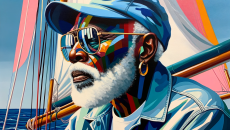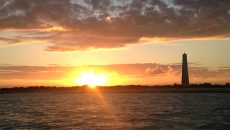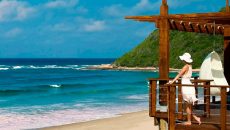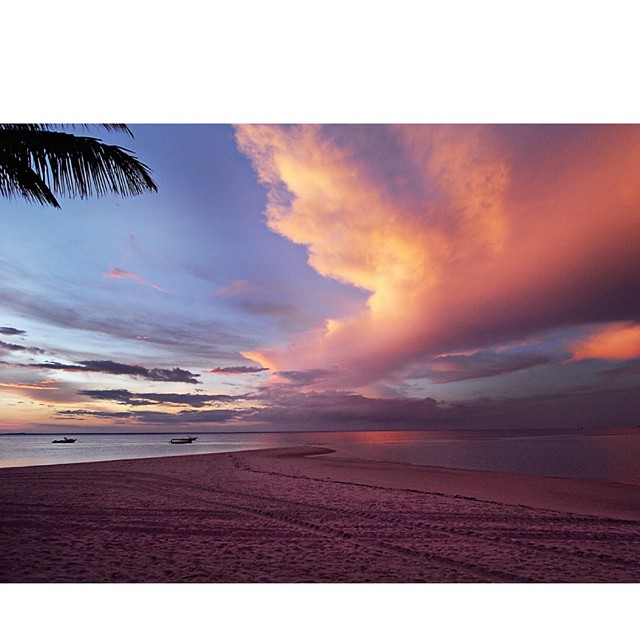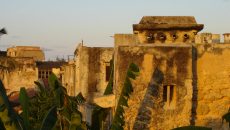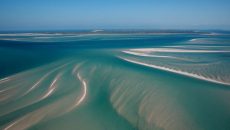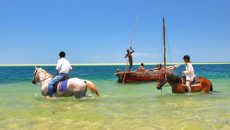Connecting African Culture Through the Seas
The Amazing Journey of Bill Pinkney Imagine leaving your life and the familiar touch of soil beneath your feet to sail across treacherous seas around the globe with only a …
Spicy prawns, dusty roads, stunning beaches, remote islands and a distinct Portuguese flair are what define Mozambique, an up-and-coming African destination that’s still a little off the beaten track, but manages to cater to both adventure-seekers and luxury travelers.
With a dramatic Civil War during the 20th century and flooding at the beginning of the 21st, Mozambique has fallen behind in terms of development and tourism infrastructure, which is both a blessing and a curse. Most destinations in the north are fly-in only, as road conditions and safety are both dubious; even in the booming capital of Maputo there is a certain amount of decrepitude stemming from lack of investment. But this is also what gives Mozambique its charm. You don’t visit Mozambique because you like overly manicured parks and buses that run on time; you visit to feel the texture of its rough edges, get lost in its laid-back rhythms, and revel in its multi-cultural character.
Evidence of the country’s African, Arabic, Indian and Portuguese heritage can be seen everywhere: in the food, in the architecture, and in the faces of the people. From the fiery peri-peri chicken (a national staple) and pasteis de nata (sweet baked egg custards inside flaky pastry), to the grand colonial train station in Maputo, to the veiled Muslim women in small northern villages, Mozambique’s exotic charm will bewitch you.
With 2500 km (1200 miles) of coast stretching from the Quirimbas in the north to Ponta do Ouro in the south, it goes without saying that beaches and watersports are a major draw here. Because of Mozambique’s temperate climate and warm tropical water, outstanding scuba diving, snorkeling, sailing, and fishing can be found year round. Two island archipelagoes with almost absurdly clear water and swank hideaways are popular with the moneyed set, while mainland coastal towns such as Vilankulos and Tofo offer equally amazing options for the more budget-conscious.
Unlike other southern African countries, safaris and wildlife are not the primary focus in Mozambique, but are not hard to find either, especially if you venture away from the coast into the vast, rugged interior. The most famous wildlife viewing spot, Parque Nacional de Gorongosa, is a symbol of Mozambique’s wider post-war transformation: Elephants, hippos and lions almost disappeared from the park in the 1980s on account of poaching and mismanagement, but have since rebounded due to the efforts of dedicated conservationists.
Safety: Muggings can be an issue in central Maputo and other cities, so normal precautions should be taken. Sofala province was recently the scene of armed conflict between the government and opposition factions, and should be avoided by self-driving tourists. Drivers in any province should not venture out after dark, as carjackings have been known to occur, though they are not common.
The Amazing Journey of Bill Pinkney Imagine leaving your life and the familiar touch of soil beneath your feet to sail across treacherous seas around the globe with only a …
Mozambique’s Quirimbas archipelago has become something of a holiday hotspot in recent years, as well-heeled vacationers bypass the now-familiar resorts near Maputo, Inhambane and Vilanculos in search of more off-the-beaten-path destinations. The …

